Caring for a cat at home is a rewarding experience, but it also comes with responsibility. Cats, while independent, still need proper care, attention, and love to live long, healthy, and happy lives. Whether you’re a new cat owner or have been caring for cats for years, understanding the essential aspects of cat care is crucial to ensuring your feline companion thrives. This guide will cover the key tips for taking care of your cat at home, providing practical advice on everything from feeding and grooming to playtime and health care.
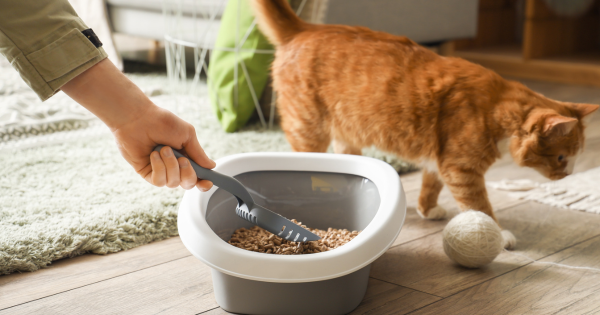
1. Provide Proper Nutrition
One of the most important aspects of cat care is ensuring your cat receives a balanced and nutritious diet. Cats are obligate carnivores, meaning they require meat to thrive. When selecting food for your cat, choose high-quality commercial cat food that meets their dietary needs. Look for brands that contain a high proportion of animal-based proteins, such as chicken, turkey, or fish.
Key Points:
- Wet vs. Dry Food: Wet food is beneficial for hydration, while dry food can help with dental health. A mix of both is often ideal.
- Avoid Fillers: Avoid cat food that contains excessive fillers like corn or wheat, as these don’t provide the necessary nutrients.
- Feeding Schedule: Establish a regular feeding schedule to prevent overeating or obesity. Adult cats typically do well with two meals a day.
Additionally, always ensure that your cat has access to fresh, clean water. Hydration is vital for maintaining kidney health and preventing urinary issues, which are common in cats.
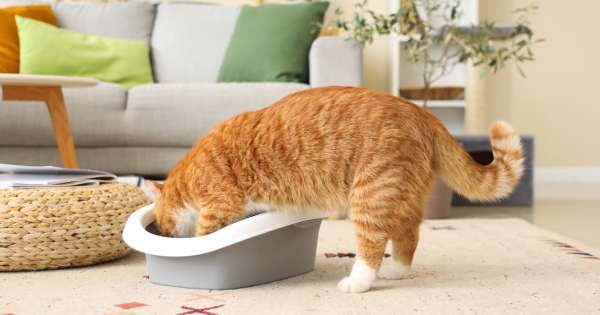
2. Create a Safe and Stimulating Environment
Your home environment plays a significant role in your cat’s well-being. Cats need a safe, comfortable space where they can feel secure, along with plenty of opportunities for mental and physical stimulation.
Key Points:
- Safe Space: Designate a quiet area for your cat where they can retreat if they feel stressed. This space should include their bed, food, and litter box.
- Vertical Space: Cats love to climb and observe their surroundings from above. Providing cat trees, shelves, or window perches can satisfy this instinct.
- Scratching Posts: Cats need to scratch to maintain their claws and mark their territory. Place scratching posts around your home to prevent damage to furniture.
Interactive toys, puzzle feeders, and regular play sessions are essential for keeping your cat entertained and mentally stimulated. Cats are intelligent creatures that can become bored if they don’t have enough enrichment, which can lead to destructive behavior.
3. Groom Your Cat Regularly
While cats are excellent self-groomers, they still need help from time to time. Grooming not only keeps your cat looking clean but also helps you monitor their health.
Key Points:
- Brushing: Brush your cat regularly, especially if they have long fur. Long-haired breeds like Persians and Maine Coons need daily brushing to prevent matting and tangles, while short-haired cats may only need brushing once a week.
- Nail Trimming: Trim your cat’s nails every few weeks to prevent overgrowth and injury. Most cats dislike having their paws touched, so it’s essential to get them used to this routine from a young age.
- Bathing: Cats generally don’t need baths unless they get into something particularly dirty or have a medical condition requiring it. If bathing is necessary, use cat-safe shampoo and make the experience as stress-free as possible.
Check your cat’s ears and eyes for any signs of infection, and clean them gently if needed. Grooming sessions are also an excellent opportunity to check for fleas, ticks, or any skin issues.

4. Maintain a Clean Litter Box
A clean litter box is crucial for your cat’s hygiene and overall happiness. Cats are fastidious creatures and will often refuse to use a dirty litter box, which can lead to accidents around the house.
Key Points:
- Litter Type: Choose a type of litter your cat prefers, whether it’s clumping, non-clumping, or crystal litter. Some cats may have strong preferences, so experiment if necessary.
- Cleaning Frequency: Scoop the litter box daily and change the litter entirely at least once a week. This prevents odors and keeps the area sanitary.
- Multiple Boxes: If you have more than one cat, provide multiple litter boxes. A good rule of thumb is to have one litter box per cat, plus one extra, to reduce territorial disputes.
The location of the litter box is also important. Place it in a quiet, private area where your cat won’t be disturbed but can still access it easily.
5. Regular Veterinary Care
Routine vet visits are vital for keeping your cat healthy and preventing potential health issues. Cats are adept at hiding illness, so regular check-ups can help catch problems before they become serious.
Key Points:
- Vaccinations: Keep your cat up to date on vaccinations to protect them from common feline diseases such as feline distemper, rabies, and feline leukemia.
- Spaying/Neutering: If your cat hasn’t been spayed or neutered, consider doing so to prevent unwanted litters and reduce the risk of certain health issues.
- Parasite Control: Protect your cat from fleas, ticks, and worms with regular treatments, especially if they go outside.
Dental care is often overlooked in cats but is critical for preventing tooth decay, gum disease, and bad breath. Ask your vet about appropriate dental treatments, such as tooth brushing or dental treats.
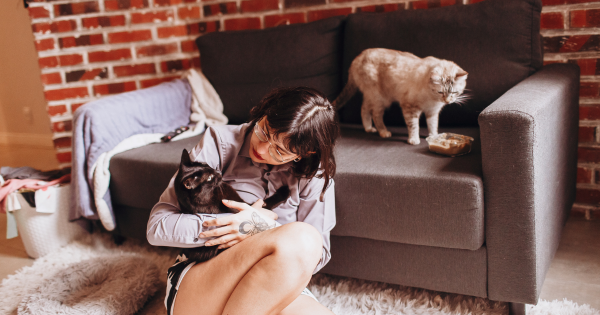
6. Understanding Cat Behavior
Cats communicate through body language and vocalizations, and understanding their behavior is key to creating a harmonious home.
Key Points:
- Purring: A cat’s purr usually indicates contentment, but it can also be a sign of anxiety or discomfort.
- Kneading: When your cat presses their paws against you, it’s a sign of affection and comfort.
- Tail Position: A high, upright tail generally means your cat is happy, while a low or puffed-up tail may indicate fear or aggression.
Recognizing these behaviors can help you respond appropriately to your cat’s needs and build a stronger bond with them. Cats also thrive on routine, so try to maintain a consistent schedule for feeding, playtime, and interaction.
7. Provide Regular Exercise and Playtime
While cats don’t require walks like dogs, they still need regular exercise to stay healthy and prevent obesity. Engage your cat in active play to keep them fit and mentally stimulated.
Key Points:
- Interactive Play: Use toys like feather wands, laser pointers, and balls to simulate hunting instincts and encourage your cat to run, pounce, and chase.
- Solo Play: Puzzle feeders, catnip toys, and scratching posts can provide solo entertainment when you’re not home.
- Rotate Toys: Cats can become bored with the same toys over time, so rotate them to keep your cat interested and engaged.
Physical activity not only keeps your cat in shape but also reduces stress and behavioral issues that may arise from boredom.
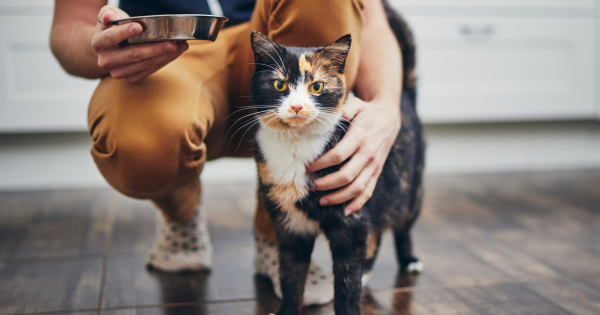
8. Mental Stimulation and Enrichment
Cats need mental stimulation to stay happy and prevent behavioral problems. Providing your cat with a variety of activities can help keep their mind sharp and reduce stress.
Key Points:
- Puzzle Toys: These toys challenge your cat to think and work for their food, providing mental stimulation and satisfying their hunting instincts.
- Window Watching: Cats love to watch the world go by, so set up a perch or window hammock where they can observe birds, cars, or passersby.
- New Experiences: Introduce your cat to new experiences, such as different toys, scents, or environments, to keep them mentally engaged.
Mental enrichment is just as important as physical exercise in maintaining your cat’s overall well-being.
9. Cat-Proof Your Home
To keep your cat safe, it’s essential to cat-proof your home by removing hazards and ensuring they have a safe environment to explore.
Key Points:
- Remove Toxic Plants: Certain plants, such as lilies, are toxic to cats. Make sure to remove any harmful plants from your home or keep them out of reach.
- Secure Cords and Wires: Cats love to chew on cords, which can be dangerous. Secure cords with covers or keep them out of reach.
- Safe Spaces: Ensure your cat has access to safe spaces where they can retreat if they feel scared or overwhelmed.
By taking these precautions, you can prevent accidents and ensure your cat stays safe at home.
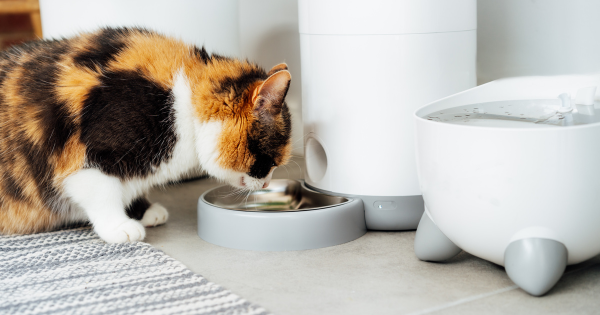
Caring for a cat at home involves more than just providing food and shelter. By following these essential tips, you can ensure that your feline companion lives a happy, healthy, and fulfilling life. From proper nutrition and grooming to mental stimulation and regular vet care, each aspect of cat care contributes to your cat’s overall well-being. As a cat owner, it’s your responsibility to provide the best possible environment for your pet, creating a safe and loving home where they can thrive.
